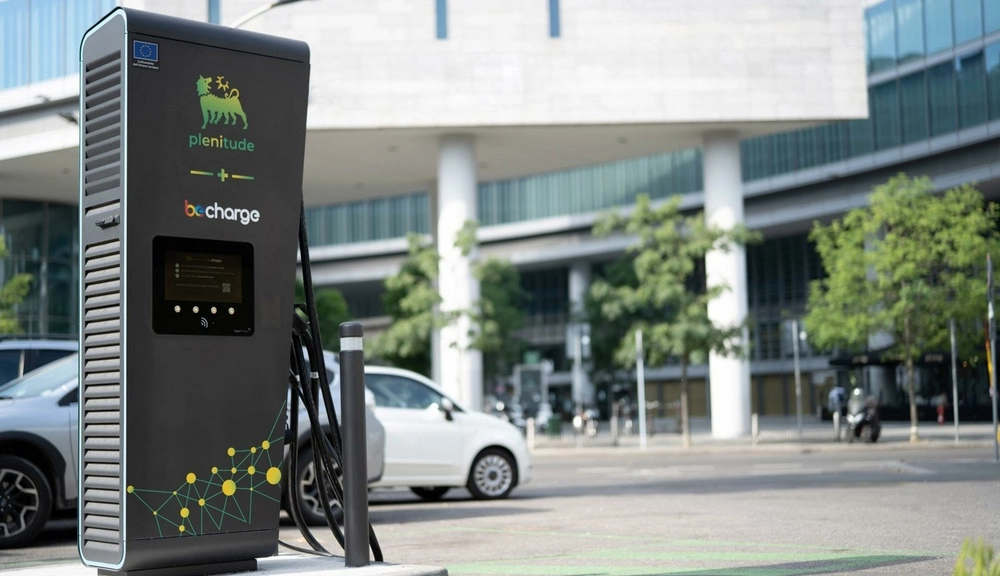“Spain is a key market for us. There, we seek to establish a charging network based on certain fundamental aspects,” explains Guido Borra, International Business Development Manager at Be Charge.
But what are they?
Firstly, they aim to achieve a high-power infrastructure using products from manufacturers of “great quality and guaranteed efficiency.”
Next, they plan to install these chargers at “high-traffic locations,” such as motorways, to provide a powerful service to frequent electric vehicles (EVs).
Lastly, they aim to provide users with personalized attention to enhance the company’s personalized experience.
Be Charge experienced exponential growth throughout Italy by implementing these steps.
There, they became a leader in the sustainable mobility market, distributing plugs on every corner of the country.
In this regard, Borra points out that the company is trying to replicate the same formula in Spain.
Therefore, in 2023, they started installing their first charging stations.
“It’s about finding the right place; we focus a lot on highways and places where the entire country can be easily crossed,” comments the company representative during their recent participation in the virtual Mobility Portal España event.
A maxim that Be Charge applies in Spain is “to be all ears.”
For the company, “it is essential to listen to and understand the local reality” to be part of the territories.
A claim from the eMobility sector is that the deployment of charging points is taking longer than expected.
Various actors focus on the problem of bureaucratic procedures and express the need to accelerate them.
Of the 45,000 plugs set as a target for 2023 in both the PNIEC and Fit for 55, around 30,000 have been reached, although 9,000 of these infrastructures are still not operational.
Companies dedicated to the subject understand that to achieve a massive arrival of charging points to meet the demands of electric vehicle users, interoperability “is very important.”
From that perspective, Borra argues: “We cannot carry out all the installations that are still lacking with a single provider. We have to connect with each other and provide good service.”
The launch of Be Charge in Europe
Leveraging its experience and global knowledge, they are working to create one of the largest charging infrastructure networks on the continent.
Eni Plenitude‘s eMobility services subsidiary is already present in 12 countries with 12 offices.
Some time ago, the company secured financing of 100 million euros to develop an European network of high-speed electric vehicle charging.
Be Charge’s charging stations are alternating current (AC) and can be divided into the following types: Quick (up to 22 kW) and direct current models, such as Fast (up to 99 kW), Fast+ (up to 149 kW), and Ultrafast (over 150 kW).
The expert explains that last year they also added Be Together, a loyalty program where they offer “education, fun, rewards, and prizes” to introduce users to “a journey towards electric mobility.”







